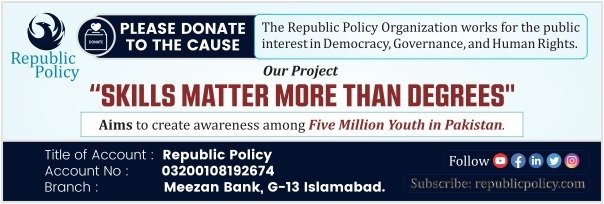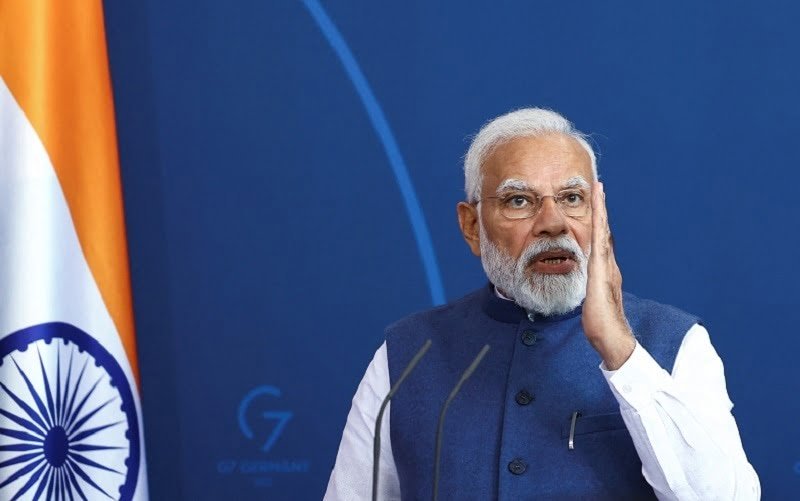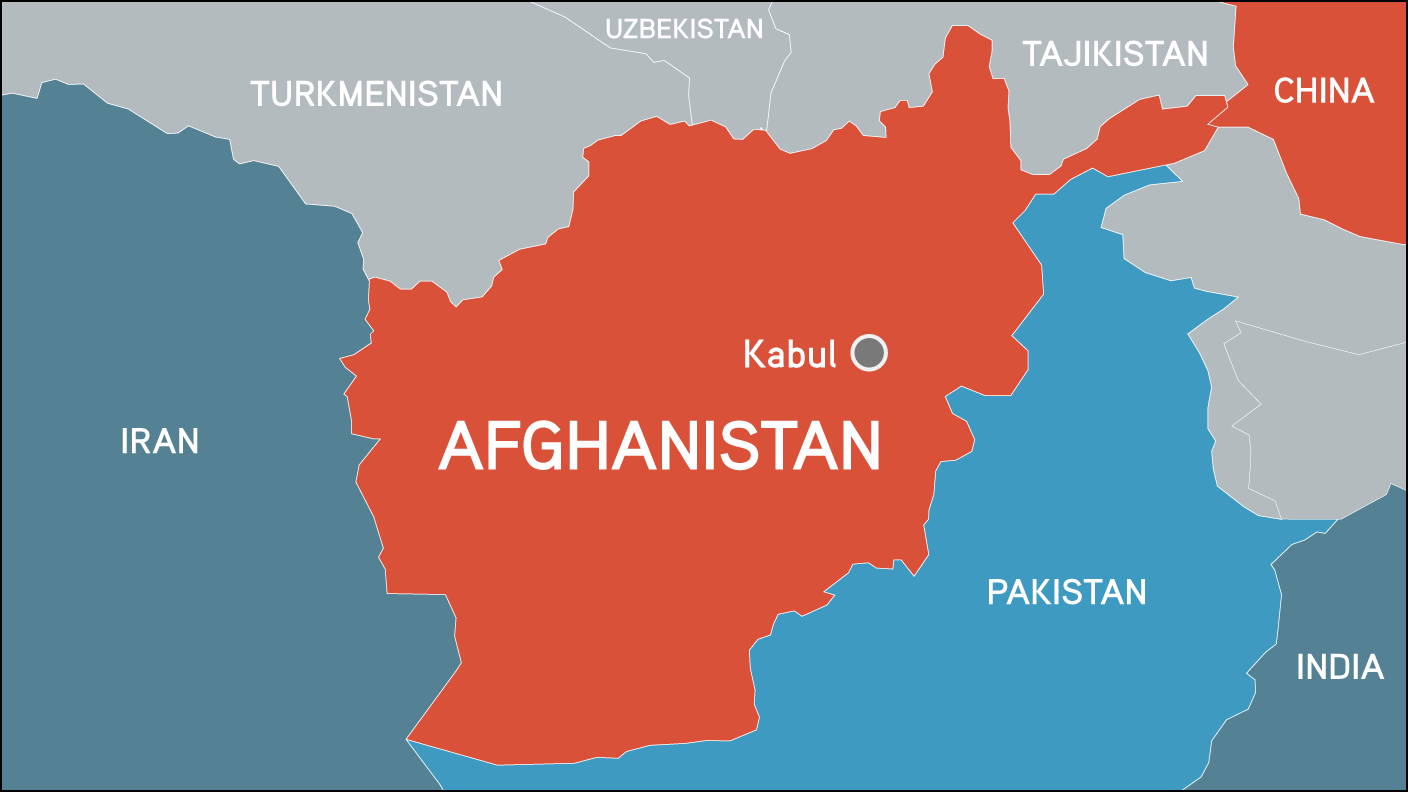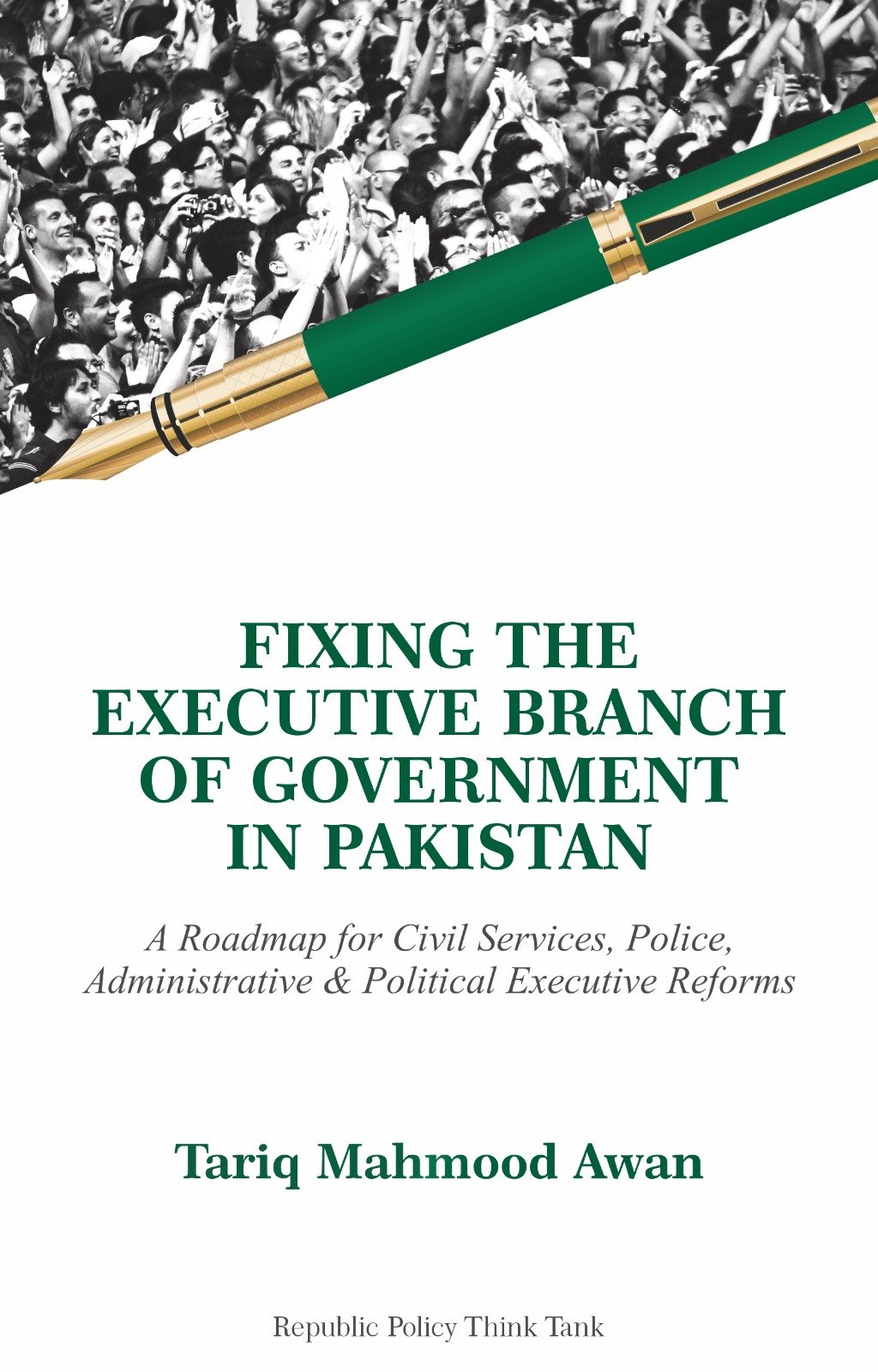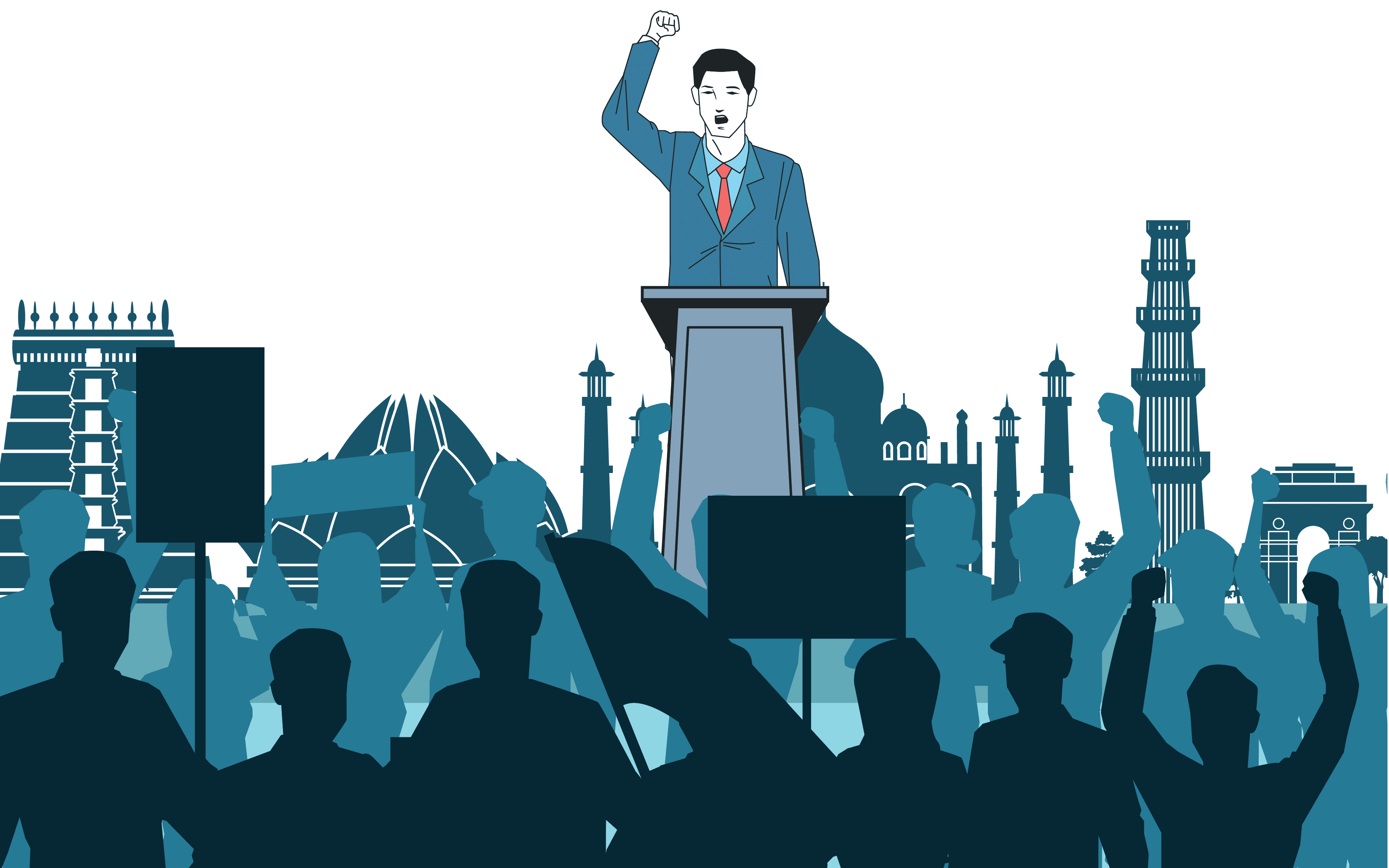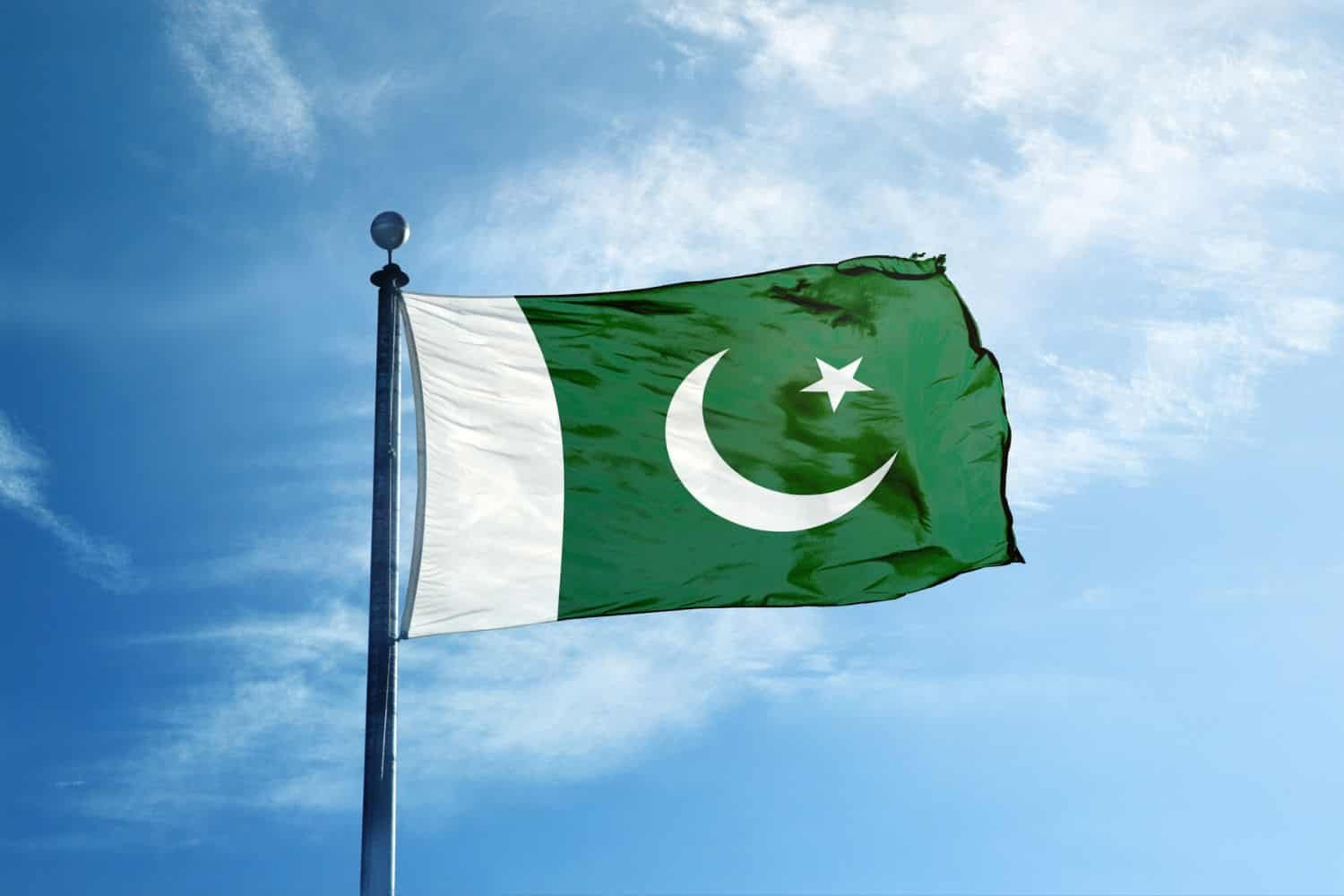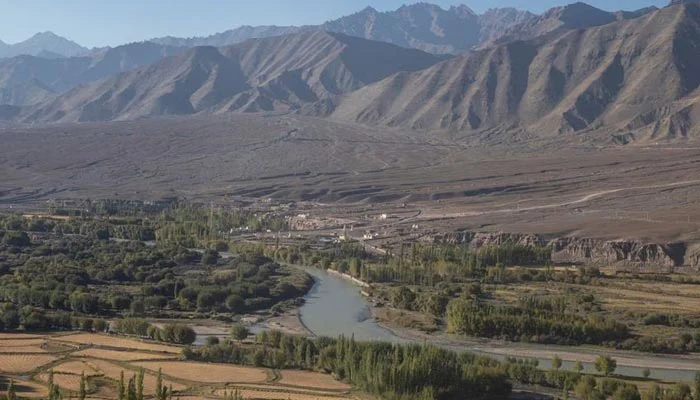Dr Bilawal Kamran
NEW DELHI: As India moves toward crucial elections in Bihar, the familiar rhythm of communal polarisation has returned to its political stage. Since early September, a series of orchestrated tensions and hate-driven confrontations have gripped northern and western India — yet another reminder that religion remains the ruling party’s most potent electoral weapon.
The latest flashpoint erupted during Eid-i-Miladun Nabi celebrations in Kanpur, Uttar Pradesh, where an illuminated sign reading “I love Muhammad [PBUH]” became the centre of controversy. What should have been a peaceful expression of faith was branded by Hindu hardliners as a “new and provocative tradition.” Within days, riots broke out across several cities, leading to police crackdowns, mass arrests, and internet shutdowns. The unrest quickly spread to Uttarakhand, Gujarat, and Maharashtra. In Bareilly, nearly 2,000 protesters clashed with police outside a mosque after Friday prayers, resulting in dozens of injuries and at least 81 detentions.
Under the watch of Uttar Pradesh’s Chief Minister Yogi Adityanath, India’s largest province has long been described as a “laboratory of hate.” Adityanath’s administration responded not with reconciliation but with further vilification — publicly ridiculing Muslims involved in the protests as “denting painting miscreants,” a phrase that has since gone viral as a symbol of state-endorsed prejudice.
The timing of these communal eruptions is far from accidental. As Prime Minister Narendra Modi’s Bharatiya Janata Party (BJP) gears up for another electoral showdown, familiar tactics are being revived: the weaponisation of identity, fear, and division. Political analysts argue that Modi’s long-standing strategy — inflaming religious tensions to mask economic mismanagement — is again in play. Yet this time, the resonance appears weaker. India’s economy faces high unemployment, inflationary pressures, and growing inequality. The BJP’s boast of national strength suffered a symbolic blow after its much-touted “victory” against Pakistan in May turned into a diplomatic and military embarrassment.
Still, the ruling party’s refusal to pivot away from majoritarian rhetoric shows how central communal politics remain to its narrative. According to the India Hate Lab report, hate speech incidents surged from 668 in 2023 to 1,165 in 2024 — with an overwhelming 98.5 percent targeting Muslims. The pattern is not random but systemic, reflecting the ideological mission of Hindutva: to recast India’s plural democracy into a monolithic Hindu nation.
Over the past decade, this ideological project has infiltrated nearly every sphere of Indian public life. School textbooks have been rewritten to erase or vilify Mughal history. Historical monuments have been renamed to sever Muslim associations. Even festivals once celebrated as symbols of unity — Eid, Holi, Diwali, and Christmas — have been turned into political fault lines. The subtle narrative of coexistence that once defined India’s cultural identity has been replaced with an aggressive campaign of cultural domination.
The consequences for India’s social fabric are devastating. What began as sporadic incidents of mob lynching or hate speech has evolved into institutionalised intolerance, where bigotry is legitimised through state silence and judicial inaction. Police excesses during religious processions, arbitrary arrests, and communal profiling are now routine. The country’s media, once vibrant and critical, has largely been co-opted — amplifying the ruling party’s nationalist message while demonising dissenting voices.
Yet beneath this orchestrated hostility lies a deeper fatigue. After years of religious polarisation and economic stagnation, even many within India’s Hindu majority are beginning to question the politics of hate. Commentators suggest that the emotional power of majoritarianism is eroding in the face of everyday struggles — joblessness, falling incomes, and social inequality. The electoral calculus that once guaranteed the BJP victories may no longer yield the same results if the opposition can offer a credible message of governance and inclusivity.
India stands today at a crossroads between two futures. One continues to weaponise faith, rewriting history to justify exclusion. The other seeks to restore the secular, plural spirit envisioned by its founders — a republic where no citizen is judged by religion. As hate crimes multiply and historical erasure deepens, opposition parties face a moral and political test: whether they can rise above tactical silence and defend the idea of India as a federation of equal citizens.
The violence in Kanpur and Bareilly is more than an isolated episode — it is a symptom of a country losing its balance between faith and citizenship. If India’s opposition, civil society, and judiciary fail to resist this tide, communal bigotry will eventually consume every community, not just the targeted ones. What remains at stake is not merely electoral power but the very character of the Indian republic.


